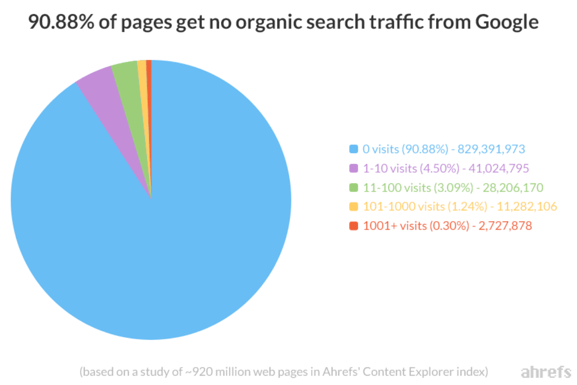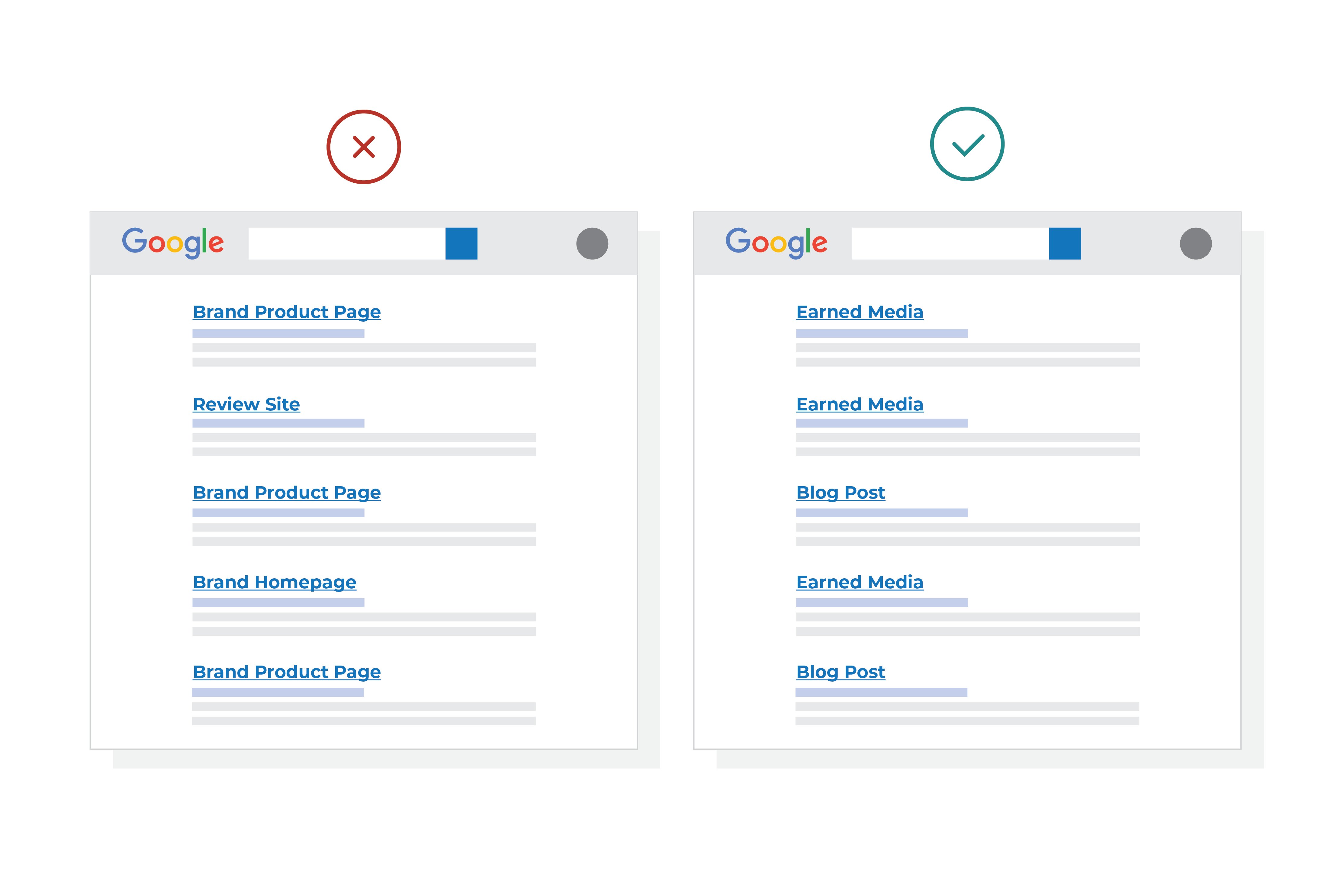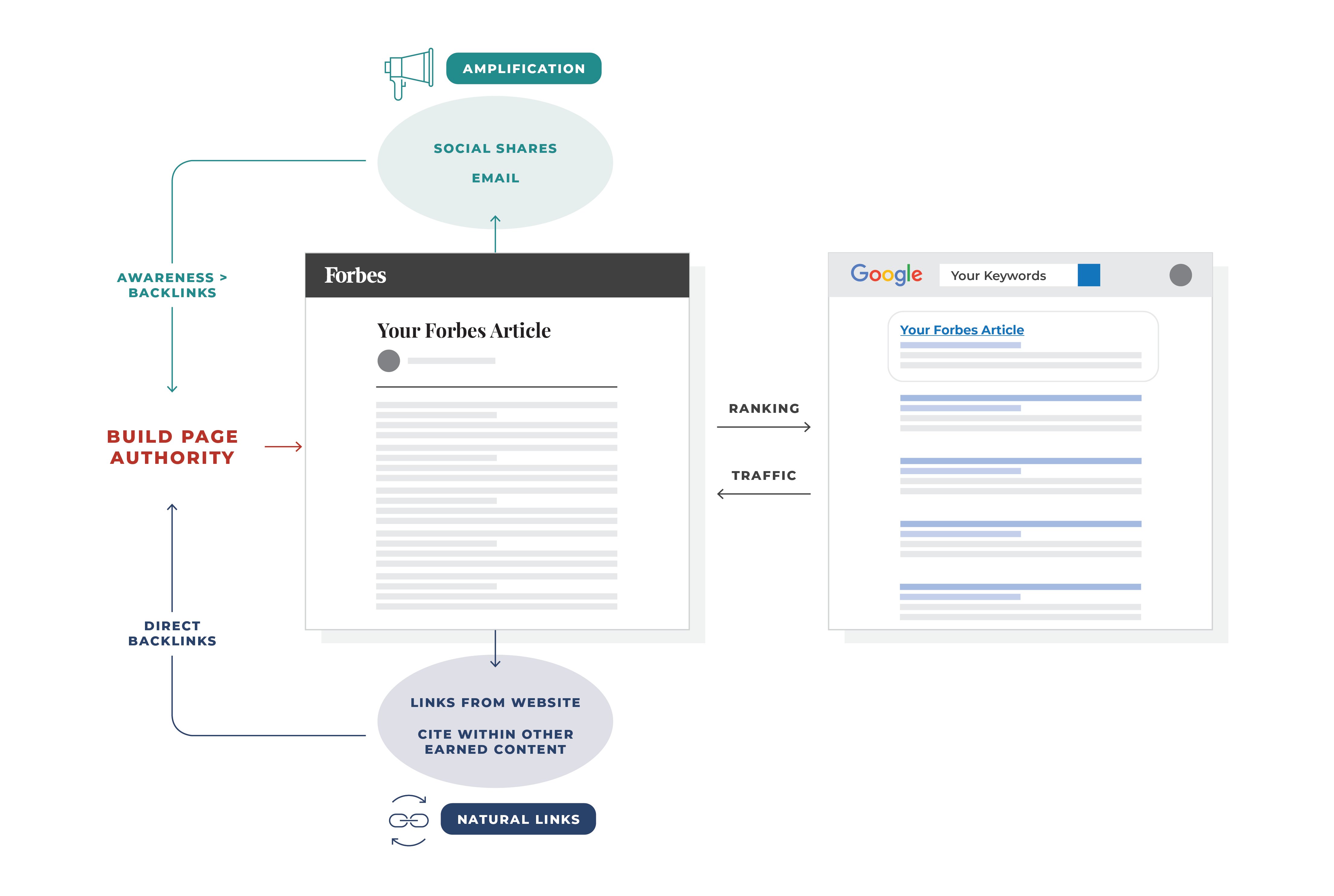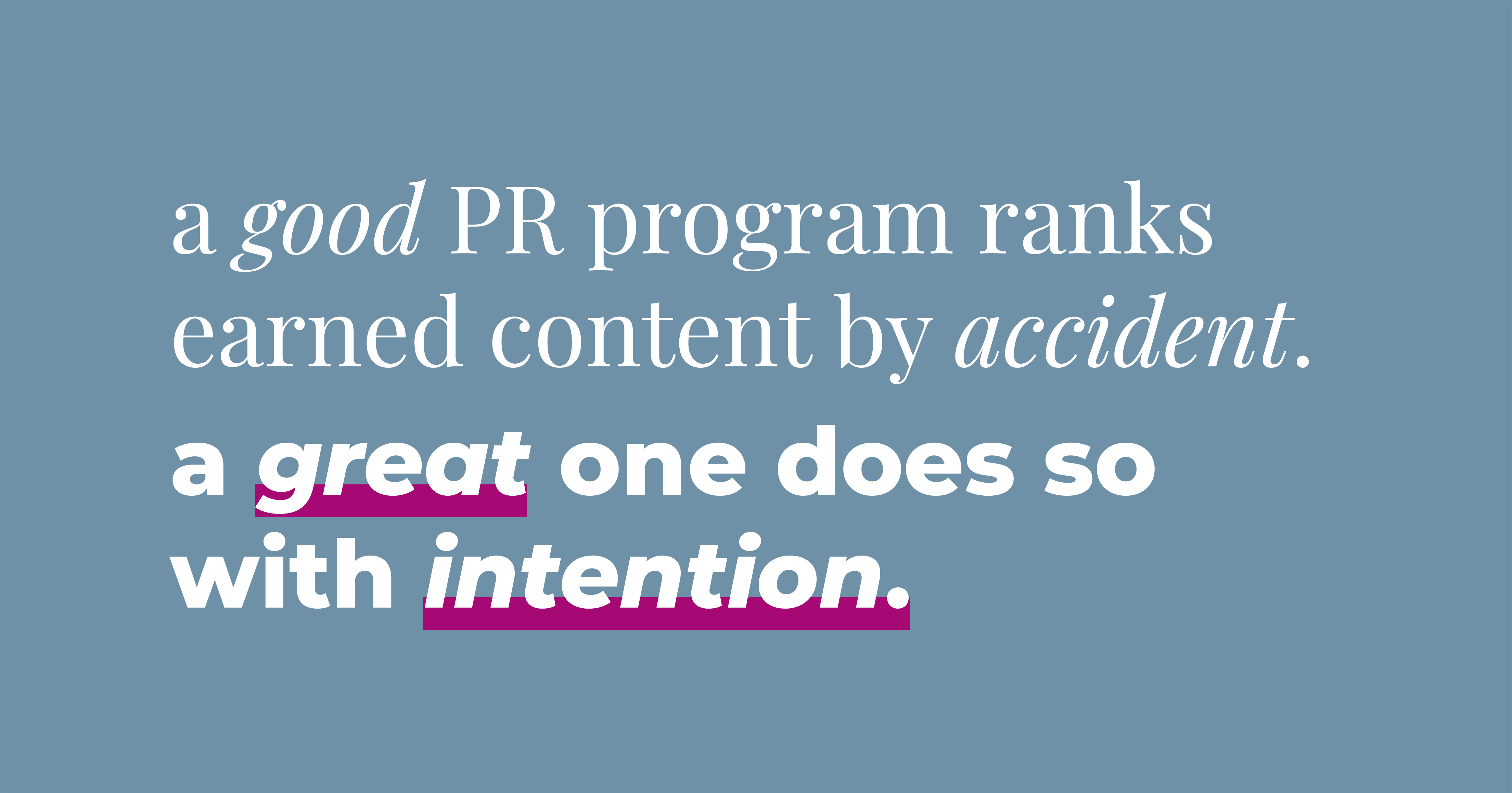Why SEO in Public Relations is Critical & 6 Steps to Earned Content That Ranks
Jul 02, 2019 admin
On a recent call with a prospective client in the consumer retail space, I asked the question: What’s the best piece of coverage you’ve ever received? Her answer was quick and definitive. Despite being featured in many top-tier publications, an article their internal team had secured in Good Housekeeping was still driving traffic to their website a year later. She wasn’t sure why it was so successful.
Does this sound familiar? If so, have you ever thought about what is causing an article to perform better than others? Unless you’re paying to promote it or it went viral on social media, it’s most likely due to it ranking on the first page of search engine results.
I confirmed my hunch and discovered that the Good Housekeeping article was ranking for over 5,000 keywords and is still receiving almost 15,000 visits per month over a year after it was published.

A good PR program creates this by accident -- a great one is formulated with this in mind.
Why It Matters
According to a study by Ahrefs, 90% of content published on the web receives no organic search traffic. This means that most content is never read unless it’s amplified through channels like social media, email or shared in Slack by your cheeky co-worker, and rarely does that extend beyond the first few weeks an article is published. That’s an unfathomable amount of time, money and resources to go up in flames.

While this is unfortunate for some, it’s an opportunity for brands to stand out against the competition. Organizations who understand the value of activities like keyword research, high quality content creation and backlink acquisition to support a communications program are poised to dominate the battle for attention at all stages of the buyers’ journey.
On average, a B2B buyer conducts 12 searches before engaging with a specific brand’s site -- turning to trade publications, review sites, blogs and social media during the research process. Buyers are nearly 60% of the way into their decision making process before ever speaking to a sales rep.
You must be found in that first 60%.
How to Make Your Content Discoverable
In order for your content to rise to the top (literally), it requires the creation of content and pitch angles that live at the intersection of journalist appeal and topics searched by your target audiences. It also requires amplification tactics that get that content shared and linked to.
This is what we like to call, discoverable content. Here are some simple steps to get started:
- Brainstorm: Generate a list of key themes and topics important to your target audiences and that relate to your product/solution or service offering.
- Keyword Research: Use tools like Google’s Keyword Explorer, Ahrefs or SEMRush to understand how people are searching for answers related to those topics.
- Narrow it down: Focus on keywords and phrases that return blog content and earned media in the search results and aren’t too competitive.
- Write/Pitch: Develop the content and make sure to optimize for SEO, including the title! Secure editorial interest in publishing the piece.
- Amplify: Once content is published, share it and link to it -- links are one of Google’s top 3 ranking factors.
- Wait. It doesn’t happen overnight and is never guaranteed. It takes time to build ranking authority.
Let’s walk through an example to demonstrate how this all comes together.
We recently launched a rebrand for an industry leader in enterprise supply chain technology. At the beginning of our program, we conducted a competitive content audit, including keyword research and a SERP (search engine result page) analysis of keywords that returned media and blog content in the search results.
Examining a SERP will help you understand search intent -- what a searcher is looking for and what Google sees as the best answer to the query. Narrowing down topics and keywords with search results not dominated by product pages of industry juggernauts and where Google favors third-party content are prime opportunities for earned media. This should be your guide for the type of content you should create in order to increase your chances of it ranking. We identified a keyword category central to the company’s messaging and brand identity that seemed like a perfect fit for contributed content.
We identified a keyword category central to the company’s messaging and brand identity that seemed like a perfect fit for contributed content.
The team secured a byline in Forbes on the topic, ensuring the title and content were optimized for search. Over a few short months, the article generated 39 referring domains (unique websites with a link back to the article) and began ranking in the top 5 in Google for a number of related keywords.
The article is still generating traffic well beyond its initial placement and will continue to do so as long as it’s ranking in a top position. Now, when a prospective customer is searching for this topic, thought leadership content by a company executive will likely be discovered.
It’s the PR gift that keeps on giving. Your customers are doing more research than ever before and seeking out answers on their own terms. How they’re discovering your brand can no longer be left to chance -- your communications program must adapt in order to stay relevant and impactful.
Your customers are doing more research than ever before and seeking out answers on their own terms. How they’re discovering your brand can no longer be left to chance -- your communications program must adapt in order to stay relevant and impactful.
To learn more about our unique approach to integrated PR, email workwithus@inkhouse.com.






